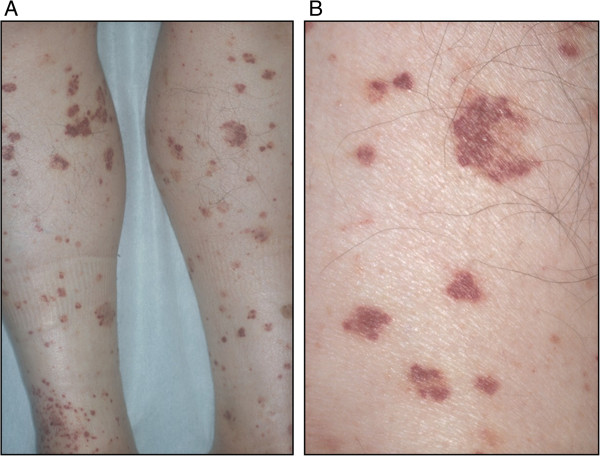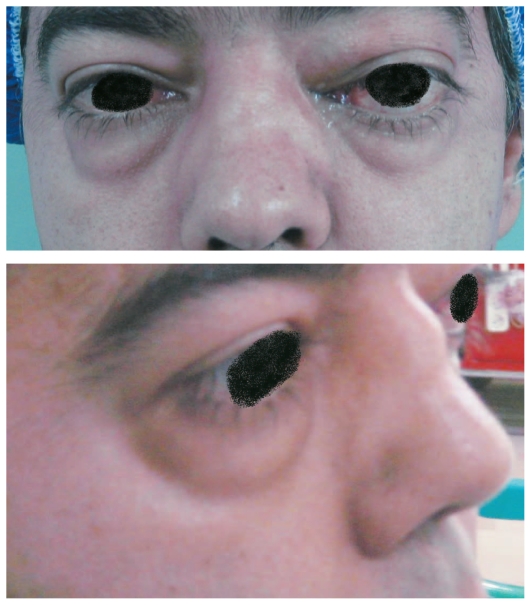Playlist
Show Playlist
Hide Playlist
Polyarteritis Nodosa
-
Slides Inflammatory Vascular Diseases.pdf
-
Reference List Vascular Medicine.pdf
-
Download Lecture Overview
00:00 Polyarteritis is the most common of the medium-sized vasculitides. 00:07 It occurs in medium-sized arteries and is associated with necrotizing, that is death of tissue, inflammation in the artery. These areas of inflammation often skip parts of the arteries so you will see nodules of inflammation along the medium-sized artery. The disease occurs secondary to either an underlying disease or an environmental agent toxin or sometimes it occurs without any previous event having occurred. The findings of polyarteritis on the skin often enable you to make the diagnosis. For example, there may be reddish-blue or mottled areas of discoloration of skin on an extremity or one may see typical livedo reticularis, this little network of blue lines that can occur on the skin. Or one can have purpura which is a hemorrhage into the skin, areas of blotchy hemorrhage into the skin. 01:07 Or one may see urticaria or hives which are quite itchy and this can occur anywhere on the body. And finally one can have ulcers with necrotizing tissue, death of tissue there that can be very difficult to heal. Any one of the skin manifestation may be seen and in combination sometimes in polyarteritis nodosa. 01:32 Moving on to medium-sized vessel disease or arteritis.
About the Lecture
The lecture Polyarteritis Nodosa by Joseph Alpert, MD is from the course Inflammatory Vascular Diseases.
Included Quiz Questions
Granulomatosis with polyangiitis (Wegener’s) is an example of what kind of vasculitis?
- Small vessel vasculitis.
- Large vessel vasculitis.
- Medium sized vessel vasculitis.
- Adventitial vasculitis.
Livedo reticularis is seen in polyarteritis nodosa. The clinical appearance of livedo reticularis is?
- Superficial blue network of veins.
- Blotchy blue patches.
- Ulcerations.
- Series of ulcerations.
- Hives.
Customer reviews
5,0 of 5 stars
| 5 Stars |
|
5 |
| 4 Stars |
|
0 |
| 3 Stars |
|
0 |
| 2 Stars |
|
0 |
| 1 Star |
|
0 |





